Looking for a way to inspire children and young people to get creative in the kitchen? And help them practice their food safety skills? Take a page from Texas A&M Extension’s book and host a food challenge!
Meet Extension Specialist Julie!
Julie Gardner, Ph.D. has been an Extension Agent, and now an Extension Specialist, with Texas A&M AgriLife Extension for over 25 years. During her time with the extension, she’s had the opportunity to participate in and develop numerous programs but her favorite activity to do with youth is the 4-H Food Challenge.
Julie graciously took the time to sit down and share with Partnership for Food Safety Education staff about the 4-H Food Challenge and what makes it so special.
A fresh idea for the fair
Every year at the state fair, Texas A&M Extension hosts the 4-H Food Challenge for youth in grades 3 through 12. The challenge draws in 100,000 participants from across the state.
But the 4-H Food Challenge as it is today didn’t always exist and wasn’t always this popular. “Ten or twelve years ago,” Julie said, “we recognized that the traditional food show was seeing a decline.”
To stop that decline Julie said they “started honing into the popularity of the Food Network” and how they could use that to reenergize cooking at the state fair, making it more fun for the youth.
Today they continue to host the traditional food show, but the 4-H Food Challenge has encouraged more kids to get involved in cooking and as Julie said, “Kids love it!”
So, what is the 4-H Food Challenge?
Julie says that the challenge begins at the county level with food and nutrition project groups that bring together kids interested in food nutrition. These groups “do workshops with them and go on field trips and tours that revolve around food safety, kitchen safety, and nutrition — knowledge that they need to survive in life but that also apply to the Food Challenge.”
The goal of the challenge is for students to learn “how to prepare nutritious, safe meals and snacks, and adopt behaviors that can help reduce their risk of chronic disease.”
Unlike traditional food shows where teams prepare the same dish over and over, the Food Challenge asks teams to “create a dish using only a predetermined set of ingredients. From these ingredients, team members must identify and prepare the dish, then make a presentation about it to the judges.”
Teams consist of 3 to 4 students in one of three categories: Junior (grades 3 to 5), Intermediate (grades 6 to 8), or Senior (grades 9 to 12). According to Julie, “some teams form the same team when they’re young and stay together,” often finding specific “roles that they fall into within the team.” Julie said that the kids have fun with it, and it’s neat to sit back and watch the teams as they interact. “I’m very passionate about it,” she said.
What about food safety?
Before the Food Challenge begins, students are provided with a packet of materials that includes nutrition and kitchen safety information, a MyPlate poster, and the Fight BAC! brochure. Julie said the food safety specialists at Texas A&M Extension have used the Fight BAC! brochure for years, so it came up immediately when the team sat down 10 years ago to put together resources for the Food Challenge. “It’s perfect,” she added, “and easy to understand, plus the new look is fantastic!”
During the preparation part of the challenge, teams are scored on food safety as well as communication, teamwork, and kitchen safety. Judges observe to see if teams are washing hands, cleaning and sanitizing their space, using a food thermometer, and avoiding cross-contamination.
Teams also need to share with the judges which food safety steps they took when presenting their dishes at the end. According to Julie, the judges will ask them about food safety if the team doesn’t include it in their presentation.

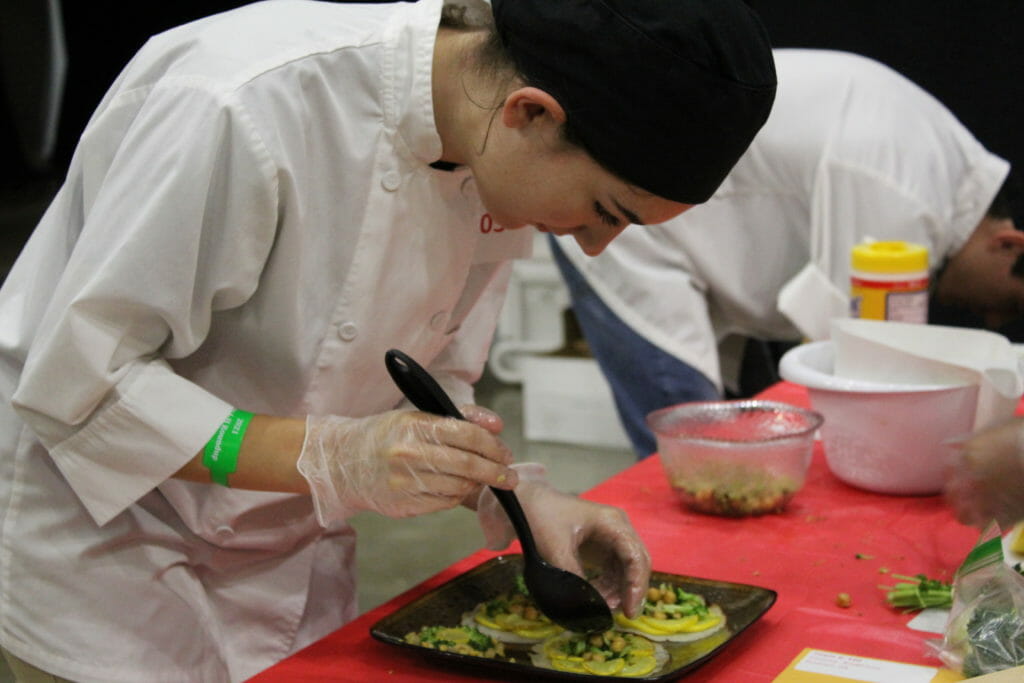
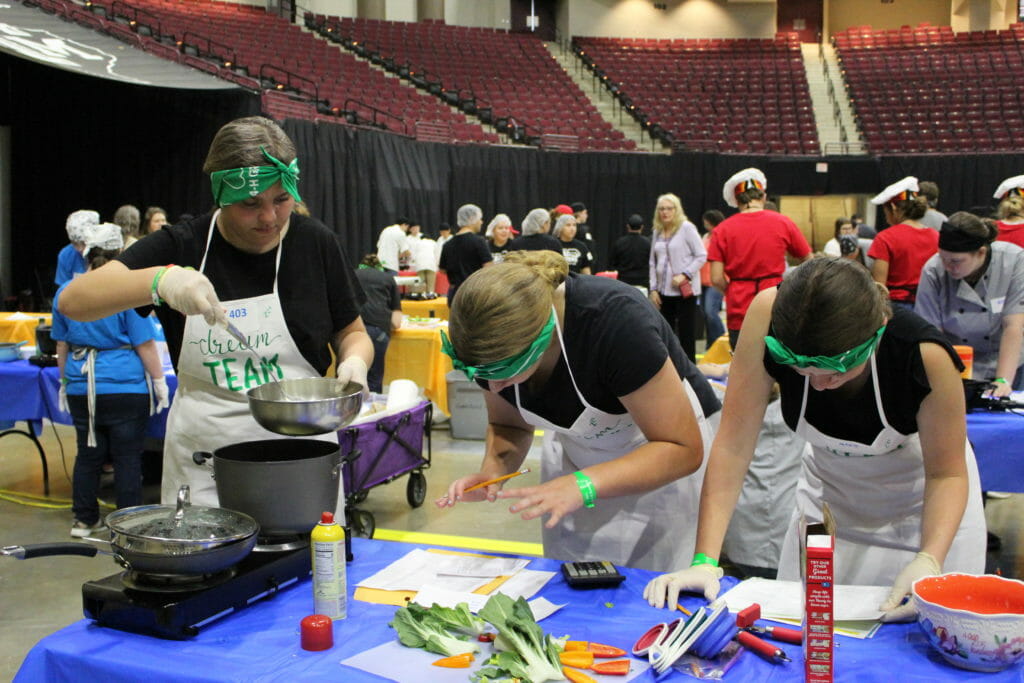
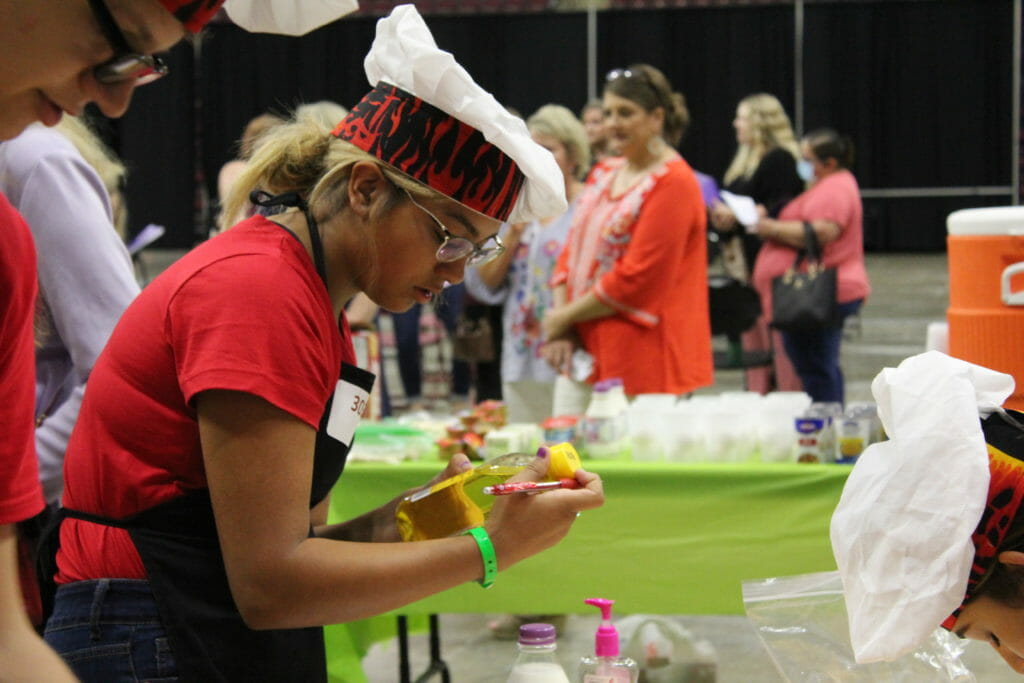
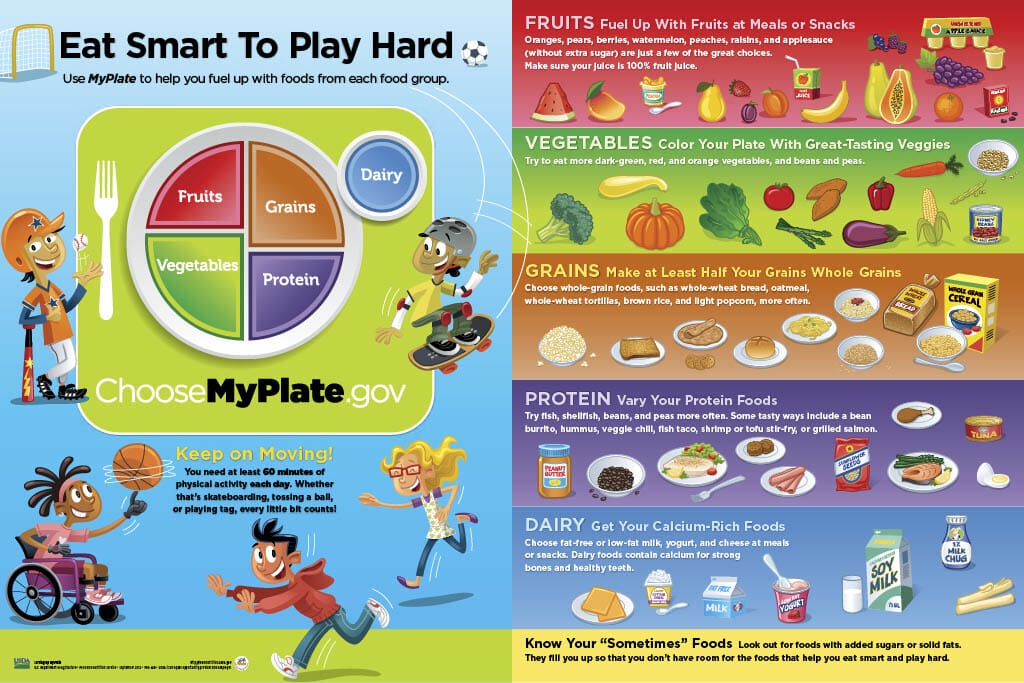
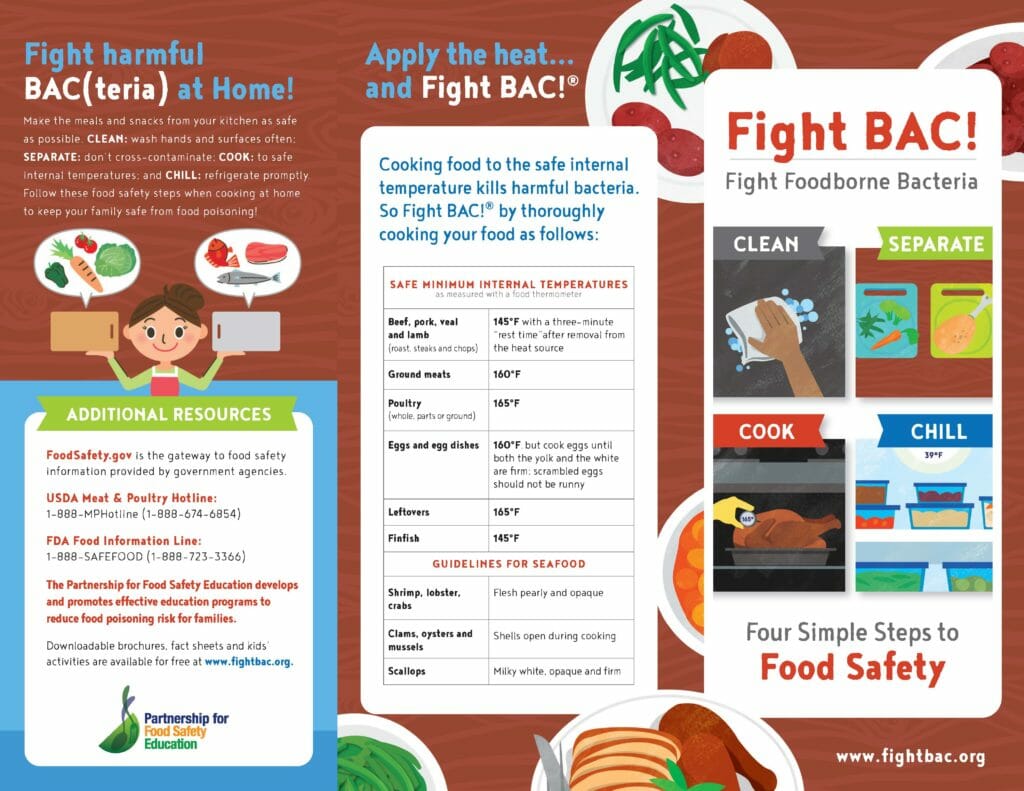
What can you do to inspire kids in the kitchen?
Think hosting a Food Challenge like Texas A&M Extension seems like too big of a… well… challenge? There are plenty of ways to inspire kids in the kitchen while helping them develop important food safety habits.
You can inspire young cooks to create a new recipe with their friends and family, or to try adding a new twist to their favorite meal. You can also encourage them to make their recipe a safe recipe by adding food safety steps with this fun online activity.
For more ideas to inspire kids and teach food safety skills, check out some of the resources below:
Thank you, Julie, for all of your hard work in food safety education!
Katie Weston is the Community Engagement Manager with the Partnership for Food Safety Education. She can be contacted at kweston@fightbac.org.